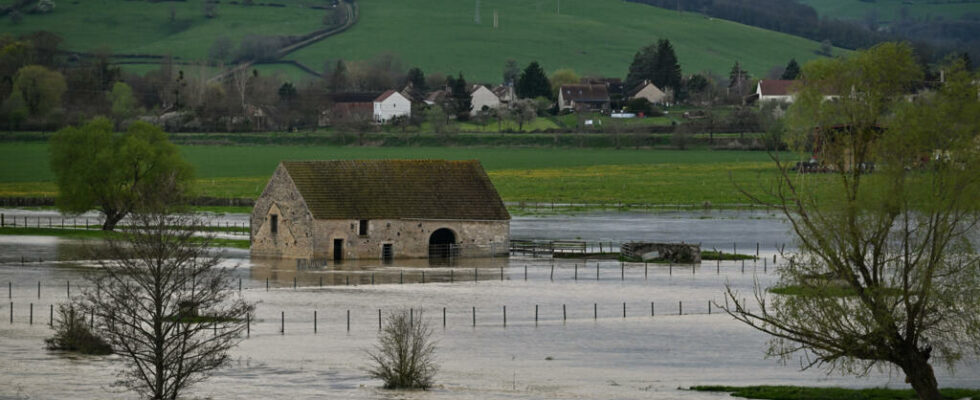After the storm Boris that shook Central Europe last weekend, it is time to take stock. Large areas will have to be rebuilt. While it is difficult to adapt to a weather event of this magnitude, it is possible to prepare for smaller floods thanks to effective solutions: dikes, dams, water reservoirs and other constructions. But also more natural solutions, often underestimated and yet much less expensive.
With every big storm and every big bad weatherit was always the same thing for this small town in Oise, in Franceremembers Olivier Pialat. The rain washed away the earth from the fields and the mud invaded the few houses in the hamlet of La Bordé, located below, causing a lot of damage to its agricultural crops.
” We lose the soil, we lose the culture which is there and which suffers from the runoff.he laments. In Seine-Maritime, there are fields that have dropped in level due to so much runoff. »
He therefore volunteered to test some simple arrangements, based on natural solutions, with the help of Clara Morvan, technical director of the Nonette Water Syndicate. Here we see the fascine device, bundles of tightly packed wood.she shows. When the muddy water passes through, it acts as a filter and retains the soil, blocked behind, which the farmer can then recover and spread again. Or the swale, which is a grassy ditch with a very gentle slope. In addition to retaining the water inside, the grass will also have a filtration and infiltration role, that is to say that the roots of the grass that grows will allow the water to infiltrate even more quickly. »
Installation of fascines, swales, planting of hedges or setting up flood plains in the event of floods, etc. There is a whole range of solutions for retaining water and preventing erosion. Claire Morvan lists the many other advantages of these environmentally friendly methods. biodiversity : ” They are also shelters for the wildlife and the flora. These are also areas where we will have more freshness. The water that we have managed to stop, that we have managed to prevent from running off and that we have allowed to infiltrate the earth thanks to these developments, this water will come to recharge the water table. In times of drought, the soil will resist better because we have been able to fill these water reserves. »
And if the hamlet of La Bordé is not safe from a exceptional weather disaster In the future, the work carried out five years ago seems to be producing good results for the moment, explains Olivier Pialat. There is no more water in the hamlet, so the installations have worked well. And I see more and more hedges being planted in the area, so that is rather a good sign. “, he says happily.
In France, one in four people are exposed to the risk of flooding and the damage is estimated by insurers at 50 billion euros by 2050.
Also readIn pictures: Storm Boris, worsened by climate change, devastates parts of Central and Eastern Europe
